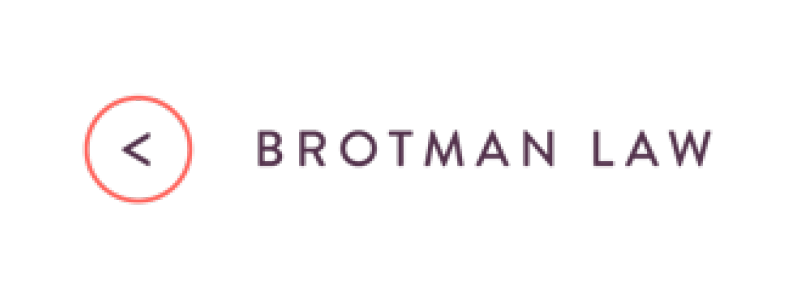
Close
- Services
- Income Tax Audits
- California Sales Tax Audits
- California Payroll Tax Audits
- IRS Tax Debt Resolution
- California Tax Debt Resolution
- Employee Retention Tax Credit Audits
- Criminal Tax
- Multi-State Tax Issues
- International Tax Issues
- Tax Optimization
- Divorce & Taxes
- Business, Real Estate, & Transactional Tax
- About
- Flat Fee Pricing
- Resources
- Contact
- Services
- Income Tax Audits
- California Sales Tax Audits
- California Payroll Tax Audits
- IRS Tax Debt Resolution
- California Tax Debt Resolution
- Employee Retention Tax Credit Audits
- Criminal Tax
- Multi-State Tax Issues
- International Tax Issues
- Tax Optimization
- Divorce & Taxes
- Business, Real Estate, & Transactional Tax
- About
- Flat Fee Pricing
- Resources
- Contact
Chapter 7 Bankruptcy
Chapter 7 bankruptcy is a form of liquidation under the U.S. Bankruptcy Code. Under Chapter 7, the trustee of the bankruptcy court “gathers and sells the debtor’s nonexempt assets and uses the proceeds of such assets to pay holders of claims (creditors) in accordance with the provisions of the Bankruptcy Code” (USCourts.gov, “Bankruptcy Basics PDF, p. 14), 8/15/2013). Within this context, the debtor’s property can be subject to lien and mortgages, pledging the property to other creditors. The Bankruptcy Code allows the debtor to keep certain property that falls under “exempt.” Other non-exempt remaining assets will be liquidated. In essence, filing under Chapter 7 may result in the loss of property.
Qualifying for relief requires a debtor to fall under one or more categories, which may include individual, partnership, corporation, or other business entity. There are limitations with regard to eligibility. For example, an individual filing a bankruptcy petition cannot file if during the course of the preceding 180 days a prior bankruptcy petition was dismissed “due to the debtor’s willful failure to appear before the court or comply with orders of the court, or the debtor voluntarily dismissed the previous case after creditors sought relief from the bankruptcy court to recover property upon which they hold liens” (“Bankruptcy Basics, p. 15”). An individual may not file a chapter 7 bankruptcy petition without first attending credit counseling[1] through an approved credit counseling agency.
All debtors filing a chapter 7 bankruptcy relief petition must provide the following information: 1) list of all creditors; 2) source, amount, and frequency of debtor’s income; 3) list of all debtor’s property; and 4) a detailed list of the debtor’s monthly living expenses. Debtors will file a schedule detailing exempt property, which is subject to the provisions of state law.
Filing for chapter 7 bankruptcy relief “automatically stays” most collection actions. “The stay arises by operation of law and requires no judicial action. As long as the stay is in effect, creditors generally may not initiate or continue lawsuits, wage garnishments, or even telephone calls demanding payments” (“Bankruptcy Basics, p. 17”). Once the petition is filed, the case trustee will hold a meeting of creditors to discuss debts. The debtor is afforded complete relief by converting the chapter 7 case to a chapter 11, 12, or 13 case, provided the debtor meets the eligibility requirements under at least one. A bankruptcy discharge does not extinguish a lien on non-exempt property.
[1] Because of this requirement, individual debtors must also file a certificate of credit counseling and a copy of any debt repayment plan that was developed through credit counseling.
"Sam is a wonderful, results-oriented and extremely knowledgeable and talented attorney, who really has 'heart' in working on behalf of his clients, and explains options in a straightforward, respectful manner. He has assisted us with great outcomes which have added to our quality of life. I would not hesitate to recommend Sam for his services as he is an ethical, personable and expert attorney in his field. You will likely not be disappointed with Sam's work ethic, approach and his efforts."
-Aileen Dwight, Licensed Clinical Social Worker & Psychotherapist
Last updated: July 22, 2024

BECOME AN INSIDER
Our best stuff: secrets, tax saving tools, and tax defense strategies from the braintrust at Brotman Law.
- Expanded benefits during your first consultation with the firm.
- Priority appointment scheduling and appointment times.
- Complementary access to our firm’s concierge services.
- Receive updates and “insider only” tax strategies and tactics.
- And many more benefits.
Not Sure Where to Start?
Start Here
These ten big ideas will change the way you think about your taxes and your business.
Learn About Your Situation
Find the articles and videos you need to make the right tax decisions in the learning center.
Explore Our Services
It is not just about what we do, but who we are, why we do it, and how that benefits you.
Get Your Game Plan
Meet with us to outline your strategy. No further obligation, 100% money-back guarantee.
Related Articles

Bankruptcy and Automatic Stay
According to United States bankruptcy law, an automatic stay is defined as an automatic injunction,...
4 min read

Establishing Residency or Domicile in California Can Be Taxing
Robert Wood, tax expert and frequent contributor to Forbes.com, wrote that “many would-be former...
12 min read

Can Internal Revenue Code Section 1202 Benefit You?
There is a generous tax benefit that only select taxpayers qualify for. Not well known, it is...
12 min read
Brotman Team
Free 15 Minute Consultation
- 15 mins
We'll answer your most pressing tax law questions in 15 minutes. Please choose a time below that works best for you.
IRS Circular 230 Disclosure: To ensure compliance with requirements imposed by the IRS, I must inform you that any U.S. federal tax advice contained in this website is not intended or written to be used, and cannot be used, for the purpose of (i) avoiding penalties under the Internal Revenue Code or (ii) promoting, marketing or recommending to another party any transaction or matter contained in this website.



COMMENTS